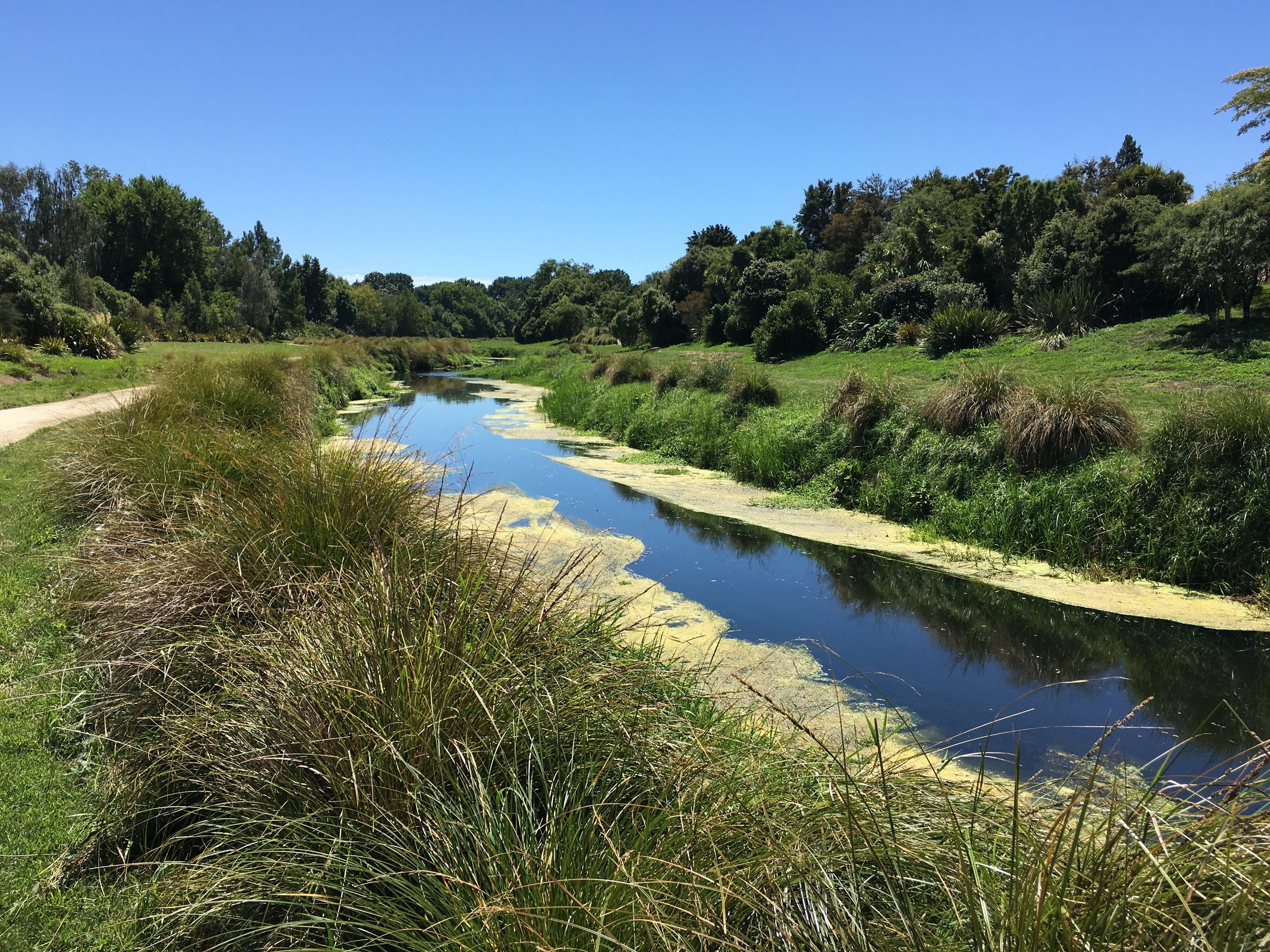Cleaning up the Karamu Catchment
Hawke’s Bay’s Karamu Catchment has a dirty reputation when it comes to water quality.
In 2016 it hit the headlines over a waterborne campylobacter outbreak. The outbreak was linked to four deaths and made over 5000 people in Havelock North violently ill. A Government inquiry followed; both the regional and district councils were severely criticised and public confidence in them faltered. In that instance sheep faeces washed from paddocks into the waterways after heavy rain.
Then there were the deaths of nearly 200 mullet late last year after thick weed clogged the Clive River at Whakatu, causing a barrier to the fish, which became stranded after flipping on top of the weeds. Excessive nutrients (from stormwater runoff) and warm water temperatures caused the aquatic weed explosion.
The Karamu Catchment covers an area of 490 square kilometres. It drains the Poukawa basin, a number of ranges and a large part of the Heretaunga Plains including the urban areas of Hastings, Flaxmore, Havelock North and small settlements. It also drains one of the most productive horticultural areas in New Zealand.
So while the use of water from the catchment over a long period has helped the economic success of the Heretaunga Plains, it’s also compromised the natural waterway resources. The Hawke’s Bay Regional Council says it’ll take a long time to fix.
Much of Hastings’ and Havelock’s stormwater goes into the Karamu. Farms, orchards and vineyards border the stream and tributaries. Contaminants from them regularly cause skin rashes in rowers on the Clive River’s lower reaches.
But the Hawke’s Bay Regional Council says it’s making cleaning up the catchment one of it’s “hot spot” priorities, including stock exclusion and riparian planting for filtration and shading.
Landscape Architect, and the council’s senior open space development officer, Antony Rewcastle, has created what he says is a vision for a network of clean healthy waterways which support the flood control, environmental, cultural and recreational needs of the community.
Landscape architect Antony Rewcastle at the Karamu Catchment.
The document - Te Karamu Enhancement Review and Management Strategy 2016-25 - aims at improving habitat and ecosystem health while providing flood and erosion protection for the waterways.
Significant support, engagement and awareness from marae on the banks of the waterway has been a driving factor for the project, Rewcastle says. Their objectives are closely aligned with the council’s - improving wildlife, and using the waterway as a source of food and a transport corridor.
The 'mulch brigade' working at the catchment.
“They’ve been actively planting,” he says. “Some have special requirements for types of planting for use in medicine or totara which can be used for carving.”
Fish like whitebait, patiki (flounder) and eels have definitely been affected by stormwater contamination and sediment, he says. It’s hoped that by cleaning up the waterways they’ll become more abundant again.






